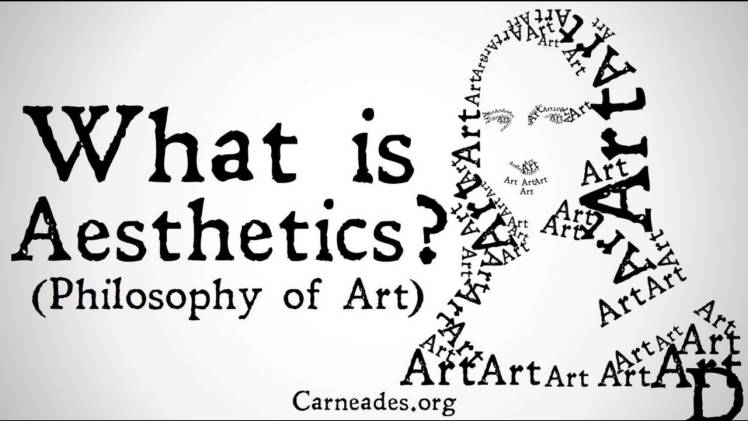What Is Aesthetics

What Is Aesthetics?
Although the field of aesthetics has a long history, the contemporary study of beauty is relatively new. While philosophers of the Middle Ages & the Renaissance frequently discussed beauty without mentioning art, it was during the eighteenth century that the field of aesthetics began to take shape via the works of thinkers like Jean – Jacques Rousseau, Charles Batteux, Johann Winckelmann, & Archibald Alison! Even though this tradition is still significant today, philosophy is not entirely replaced by contemporary mia aesthetics.
The word aesthetic may be used to describe almost anything & has a wide range of meanings. The word “beautiful” is an expression of a positive mindset, despite the fact that various people’s interpretations of the word vary! Additionally, the word “beautiful” may not make meaning by itself until it is used in relation to an attitude. These variations, nevertheless, do not inevitably make work of lower quality.
Due to its complexity, the concept of mia aesthetics is sometimes elusive. How a painting is seen by the spectator determines whether it is a painting or a guerilla. Many of the most well-known pieces of art have an intrinsic aesthetic quality. These aesthetic attributes are what give a work value. This means that a work’s aesthetic worth depends on how that work is viewed within a certain genre.
Kant’s conception of mia aesthetics miami was more deeply founded than Sibley’s. The immediacy thesis is only sustained if the reader is completely aware of the work’s immediacy! For instance, a reader of “The Pleasures of the Imagination” may be aware of the image’s immediacy without completely understanding the meaning of the piece of art. In the end, aesthetic encompasses more than a cursory assessment of aesthetic can show.
Visit Newsgallery for updated news on multiple topics.


